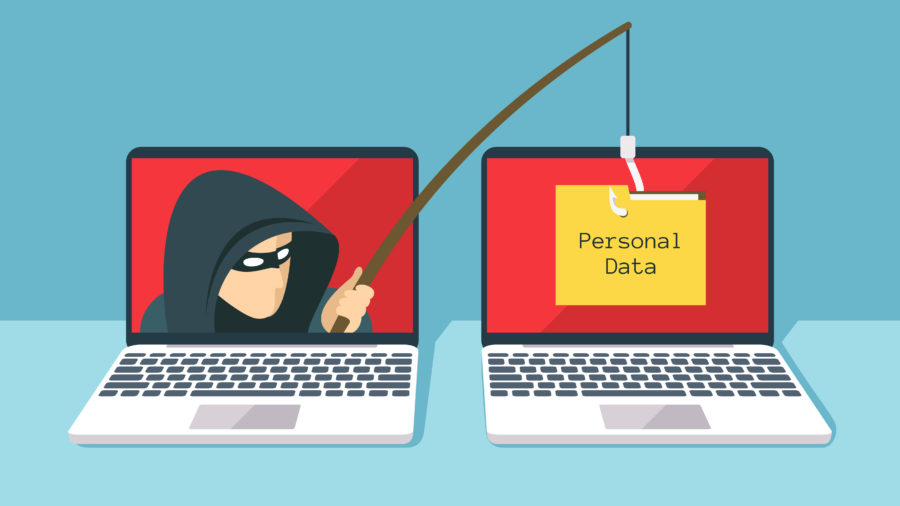
So your scrolling through your inbox, and you see that you received a phishing email. First, don’t panic; bad actors send millions of these a day. The good news is that as long as you do not click on anything in the email, your computer will not be infected. Here is what you should do next.
Again, Don’t Panic
Most email clients like Apple Mail, Gmail, and Outlook catch a majority of spam emails containing malicious attachments or code. Even if one sneaks through to your inbox, it doesn’t mean your computer is infected. Even if you open the email by mistake, your computer is still safe. Email clients will not allow any code to run when an email is opened.
With that said, remember phishing emails are a legitimate security risk. The purpose of them is to get you to lower your defense so the bad guys can access your information. Do NOT click on any link or attachment in the email if you suspect that the email is a phishing attempt.
In addition, never reply to the sender. Scammers will send these emails to as many addresses as they can, and when you reply, you become a bigger target for more spam emails. Once the scammer knows you viewed their email, they will send you more emails.
Verify The Sender
When the email comes from someone you know or a company you associate with, check with them to see if it’s legitimate. If you’re concerned about the message, create a new email, text or call the person and confirm that they sent the email.
If the email comes from a company or bank, go to their website to contact them. Do NOT search the company online and call the first number that pops up. Always call the number on the company’s website to avoid other potential scams.
Report The Email
Below is a list of places you can report phishing emails.
- Your email provider: Most email providers will have a process to report spam emails. This process varies depending on the email provider.
- Your company: If the email comes to your work email address, follow your company’s policy in handling it. Some companies have certain IT security procedures to deal with spam emails.
- A government body: In the US, the Department of Homeland Security handles these emails. A branch of the department, Cyber Security and Infrastructure Security Agency, requests that the email is forwarded to phishing-report@us-cert.gov.
- The organization from which the email came: Most companies and agencies will have dedicated forms or processes for reporting phishing emails. This is usually found on their website or run a quick search for [organization name] report phishing.
Mark The Email As Spam
Marking the email as spam will prevent any more emails from the sender from reaching your inbox. In addition, you can add the sender to a spam list on any client.
Delete The Email
Lastly, delete the email. This will remove the email from your inbox. As long as you didn’t click on the link, you will not need to run a virus scan or delete your browser history. However, it is vital to run scans regularly to maintain a healthy computer. Once the email is reported and deleted, relax, and continue your web surfing.
If you found this article interesting or helpful, check out our other posts!
